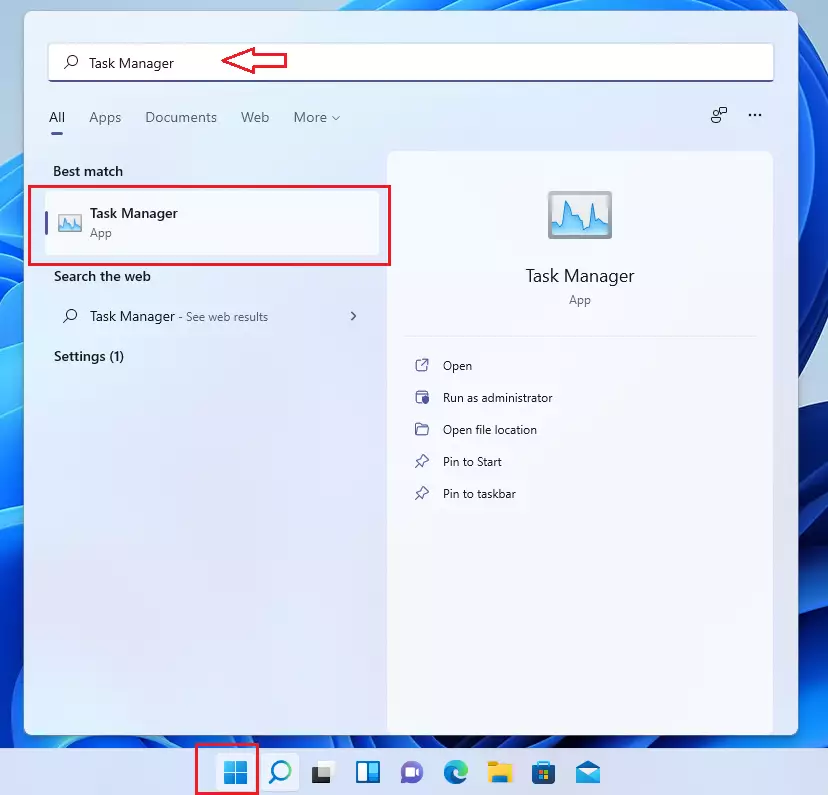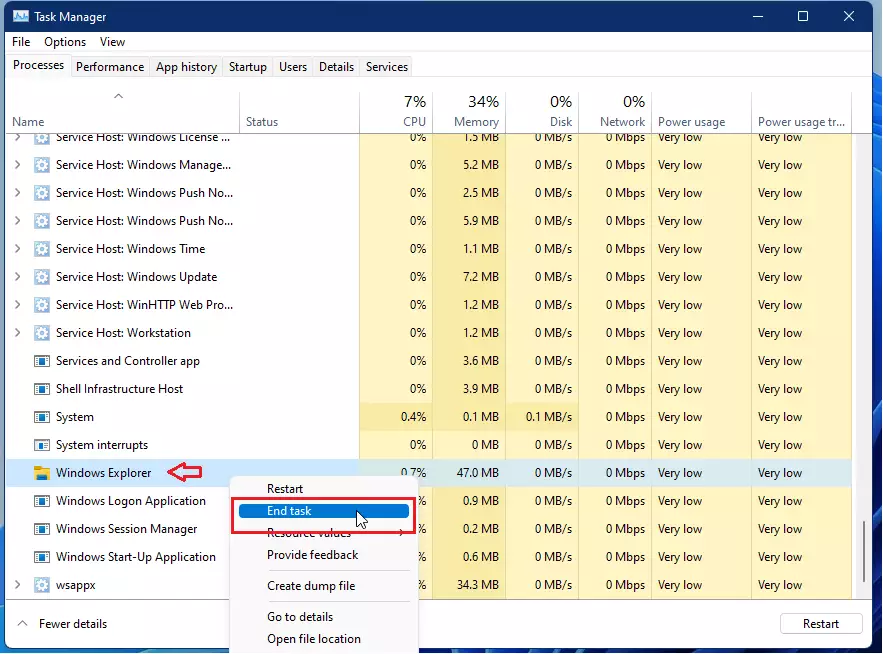This article explains how to restart or reset Windows Explorer in Windows 11.
Windows Explorer is a program process that allows one to view and manage all file resources on a Windows computer.
When you run into situations where the Taskbar, Quick Settings, and Notification area of the Taskbar aren’t working, you can quickly restore functionality simply by restarting or resetting Windows Explorer.
Windows File Explorer and other features, including the Start menu, Taskbar, and Quick Settings, may occasionally stop functioning or behave strangely. One can restart their PC to regain control and continue working. However, restarting Windows Explorer could resolve these issues without restarting the entire PC.
If restarting Windows Explorer doesn’t work, you can restart your computer to regain control and fix the offending issues, and below shows you how to do that.
How to reset Windows Explorer when using Windows 11
As mentioned above, Windows Explorer is a program process that allows one to view and manage all file resources on a Windows computer. Restarting Windows Explorer may help resolve the issues when a Windows computer stops responding.
Below is how one can restart or reset Windows Explorer.
To restart Windows Explorer, first open Windows Task Manager. You can do that by right-clicking on the Start menu to launch the Power User Menu, which is the Task Manager command.
Alternatively, click on the Start menu, then search for Task Manager. Then, under Best Match, select the Task Manager app to open.

If you launch Task Manager and it opens its minimized interface, click More details at the bottom to see the detailed interface.
Under the Process tab, you will see apps and background processes currently running on your PC. Scroll down the list and locate Windows Explorer.
Once you locate Windows Explorer, click the Restart button at the button right corner of the window.

That’s all you should have to do. Your Taskbar and other areas of the screen will quickly close and reopen. If the steps above were successful, you should be able to regain control of your PC.
Alternatively, right-click Windows Explorer and select End task.

Next, click File and Select Run new task.

In the New task box, type explorer.exe and click OK

That should reopen Windows Explorer.
That’s it!
Conclusion:
- Restarting Windows Explorer can resolve issues with the Taskbar, Quick Settings, and other features in Windows 11.
- Access Task Manager by right-clicking the Start menu or searching for it to manage processes easily.
- The Restart option for Windows Explorer quickly restores functionality without needing a full system restart.
- If the restart doesn’t work, using the End task option followed by running a new task can also help.
- Regularly checking on Windows Explorer can enhance your overall experience and ensure smoother operation of your Windows 11 system.

Leave a Reply